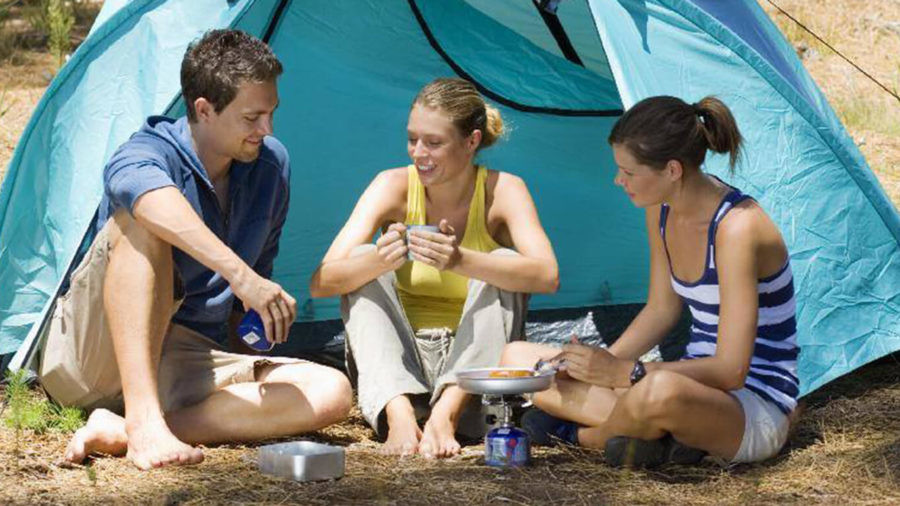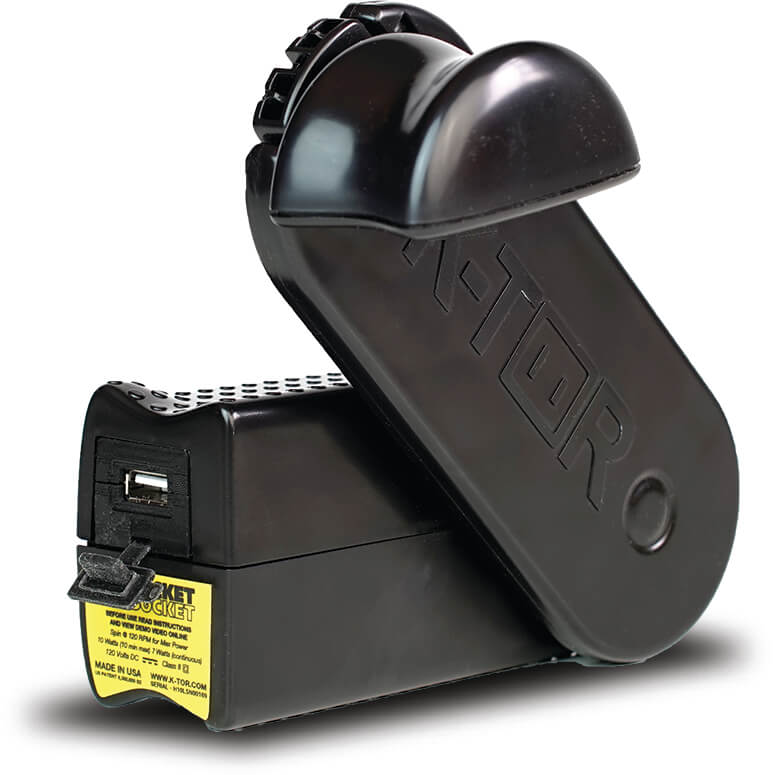by Ken Torino
When you go hiking you will be burning a lot of calories so you want to make sure to bring enough food. Also eating out in nature can be one of the most enjoyable parts of hiking. In these modern days there are a lot of meals prepared especially for hiking. MRE, meals ready to eat, freeze dried, etc. You can get these online, at hiking stores and lots of other places. They tend to be a little expensive but can be tasty and easy for those who like pre-prepared meals.
To decide what to bring, there are a few things to consider. First, you need to carry everything you bring so weight is a key consideration. Second, you need to know if there is a good supply of water on the way or at your destination. Water is essential to life. When hiking, you’ll need to drink a lot but water is also heavy. So, research in advance if you will have a water source. If so, your task is easier. If not, you will need to bring a lot of water and water/weight with you. Also consider that there is a lot of water weight in ordinary foods.
Humans have been trekking for a very long time and long before freeze-dried or MRE’s. The Roman Soldiers were called Barley men as they carried a sack of barley seeds with them and snacked while they walked. Napoleon was able to mobilize and support large numbers of troops because he used the bottling industry of France’s wine industry and bottled soup for his army.
Many food products are dried as shipping is expensive and water is heavy. You can go to your local supermarket and find many foods to which you just add water. Instant oatmeal, powered drink mix, dried fruit, dried meat, jerky, etc. Soup mixes that you just need to add water. Energy bars can be a good snack as well. Make sure to pack out your trash.
Another consideration: are you going to cook? If you have cooked over an open fire you know it can take forever to boil water. I would often bring a small camp stove. They can boil a cup of water pretty quickly and that is all that is needed to make a nice meal. It is also very nice in cold weather. In future articles I will cover water purifiers and cook stoves. So, keep reading.
One last consideration is the wild animals in nature. They are always hungry. They likely have gotten used to foraging at established campsites so expect to be visited. Anything you bring needs to be sealed so they cannot smell it. You will need to clean your cooking utensils and yourself well. This is not your mother talking. If they can smell it, animals will be attracted. As someone who has been awakened in the middle of the night by an animal walking on my sleeping bag, I will tell you, you do not want a close encounter with wild animals. It is not like TV or the movies. Do not think you can store your food in your pack near you as well. At night you will need to take it all out and store it away from you. When I was starting out I thought leaving my food in my pack and hanging it from a tree was a good idea. It was all sealed after all. In the middle of the night I saw a raccoon climb up the tree and down the rope to my pack. In the morning the pack was ruined. They had chewed through the backpack to get at and eat my food that was double sealed in plastic. Losing your food to animals is not funny. You will find out what it is like to be truly hungry. I take my food that is sealed and put it under my cooking pot that is turned over and then get the biggest rock I can find and put it on top. This is placed far enough from me that I will know I am safe. Having seen raccoons fight over food, you do not want to get in the middle if that.
Next issue, what to wear.


